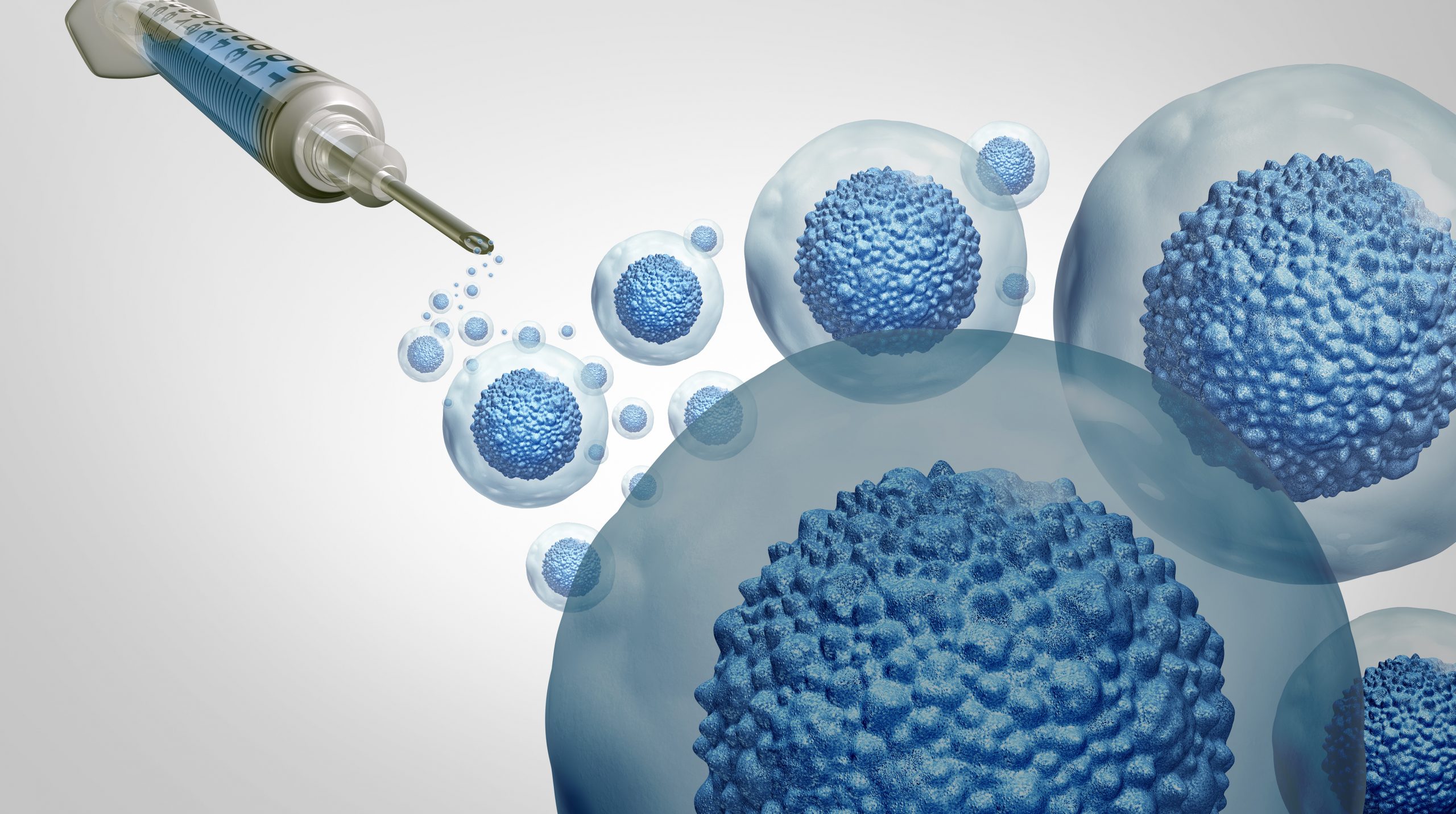Stem Cells and Regenerative Medicine: A New Era of Healing

In recent years, the field of regenerative medicine has witnessed groundbreaking progress, with stem cell research emerging as a cornerstone of innovation. Stem cell research advancements have opened the door to transformative treatments that have the potential to heal previously incurable diseases, regenerate damaged tissues, and redefine the future of medicine. This article delves deep into how stem cells are shaping a new era of healing, their applications, and the challenges that lie ahead.
What Are Stem Cells?
Stem cells are the building blocks of life, possessing the unique ability to develop into different cell types in the body. They serve as a repair system for the body, replenishing other cells as needed. There are several types of stem cells, each with its own capabilities:
Embryonic Stem Cells (ESCs)
Derived from early-stage embryos, these cells can differentiate into any cell type in the human body.
Adult Stem Cells
Found in tissues such as the bone marrow or fat, adult stem cells are more limited in their ability to transform but are crucial for tissue repair.
Induced Pluripotent Stem Cells (iPSCs)
These are adult cells reprogrammed to behave like embryonic stem cells, providing a promising ethical alternative.
Stem Cell Research Advancements
Stem cell research advancements have moved the field from theoretical potential to real-world applications. A wide range of therapeutic possibilities is being explored, particularly in areas such as:
Regenerative Medicine and Tissue Engineering
Stem cells have the ability to regenerate damaged or diseased tissues. In conditions such as heart disease, diabetes, and spinal cord injuries, stem cell therapies hold promise by either replacing damaged tissues or stimulating the body’s natural repair mechanisms. For example:
Heart Disease
Research is underway to develop stem cell therapies that can regenerate damaged heart muscle tissue following heart attacks.
Diabetes
Pancreatic islet cells derived from stem cells may hold the key to curing type 1 diabetes by restoring insulin production.
Neurological Repair
Neurological diseases such as Parkinson’s disease, Alzheimer’s disease, and spinal cord injuries were once thought to be irreversible. However, stem cell research advancements are now challenging this notion. Stem cells can potentially replace lost neurons or stimulate their repair, offering hope for individuals with neurodegenerative conditions.
Parkinson’s Disease
Clinical trials are exploring the transplantation of dopamine-producing neurons derived from stem cells to alleviate symptoms of Parkinson’s.
Spinal Cord Injury
Research suggests that stem cells can aid in the repair of nerve damage, potentially restoring movement and sensation in patients with spinal cord injuries.
Organ Regeneration and Transplantation
One of the most exciting stem cell research advancements lies in the potential for growing organs in the laboratory. Using a patient’s own stem cells to generate organs for transplant could eliminate the issue of organ rejection and reduce the need for lifelong immunosuppression.
Kidney and Liver Regeneration
Scientists are developing bioengineered kidneys and livers using stem cells, which may one day offer an alternative to organ transplants.
The Role of Stem Cells in Cancer Treatment

Stem cells are playing an increasingly vital role in the fight against cancer. Hematopoietic stem cells (HSCs), commonly known as blood-forming stem cells, are already used in bone marrow transplants to treat leukemia and lymphoma. However, ongoing stem cell research advancements are exploring how stem cells can be manipulated to target cancer cells directly, enhancing the efficacy of cancer treatments.
Immunotherapy
By engineering stem cells to produce immune cells that can seek and destroy cancer cells, researchers are pushing the boundaries of cancer treatment.
Ethical Considerations and Challenges
Despite the enormous potential, stem cell research is not without its challenges and ethical concerns. The use of embryonic stem cells has sparked debates over the destruction of embryos. However, advancements in induced pluripotent stem cells (iPSCs) have provided an ethically viable alternative. Nonetheless, the field faces several hurdles, including:
Safety and Efficacy
Many stem cell therapies are still in experimental stages, and questions remain regarding their long-term safety and effectiveness.
Regulation
There is a need for stringent regulations to ensure that stem cell treatments are safe, ethical, and accessible.
Cost
As with many cutting-edge medical treatments, stem cell therapies can be expensive and may not be accessible to everyone without significant advances in technology and healthcare infrastructure.
Future Prospects of Stem Cell Research Advancements
As stem cell research advancements continue, the future holds endless possibilities. Here are some of the key areas where stem cell therapies are expected to make the biggest impact in the coming years:
Personalized Medicine
The ability to use a patient’s own stem cells for treatment opens up new avenues for personalized medicine. Tailored treatments using an individual’s own genetic material may minimize the risk of immune rejection and improve the chances of successful outcomes.
Anti-Aging and Longevity
Research into the role of stem cells in aging has sparked interest in their potential to delay or even reverse some of the effects of aging. While still in its early stages, this could lead to therapies that maintain tissue health and function for a longer time.
New Drug Development
Stem cell models are being used to test new drugs, especially for diseases where animal models are not suitable. This accelerates the process of drug discovery and allows for more precise testing of drug efficacy and safety.
Conclusion
The rapid pace of stem cell research advancements marks the dawn of a new era in medicine. Stem cells hold the key to treating conditions that were once considered untreatable, offering hope to millions of patients worldwide. From regenerating damaged tissues to curing previously incurable diseases, the possibilities are vast. However, the road ahead requires careful navigation of ethical concerns, safety challenges, and regulatory barriers.




